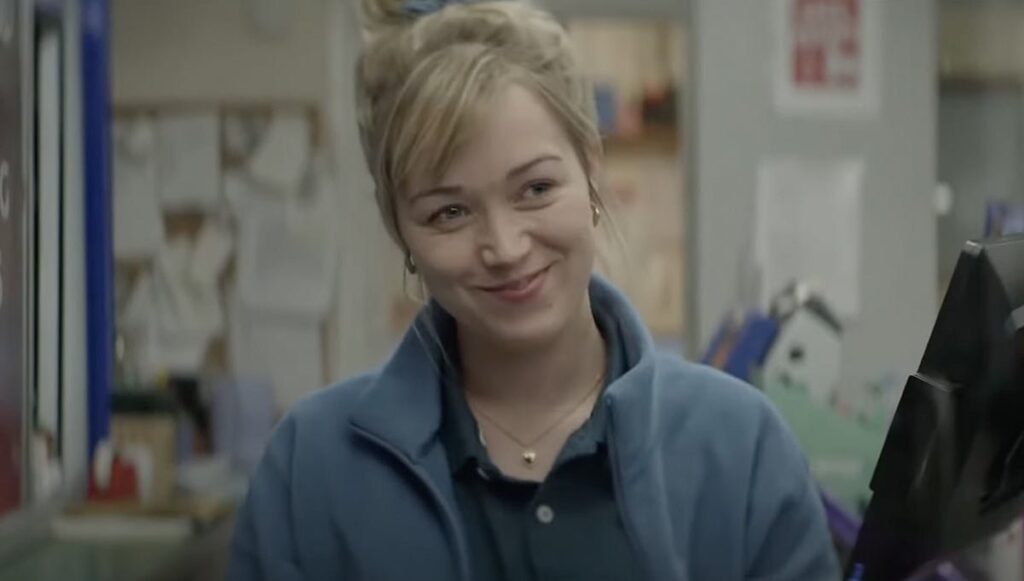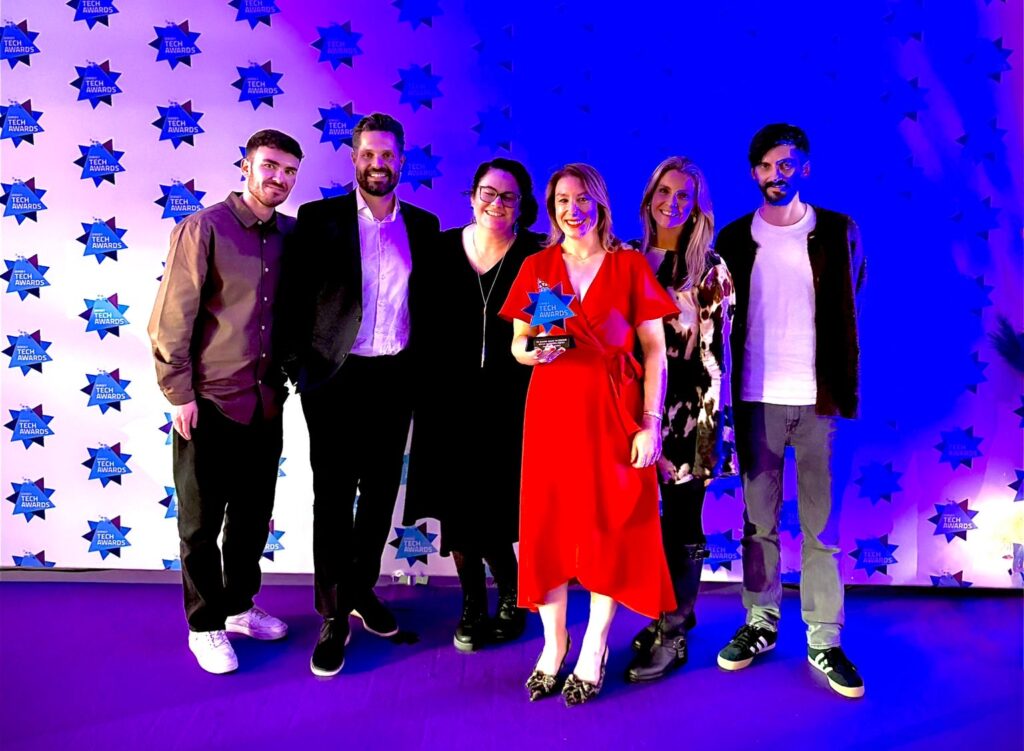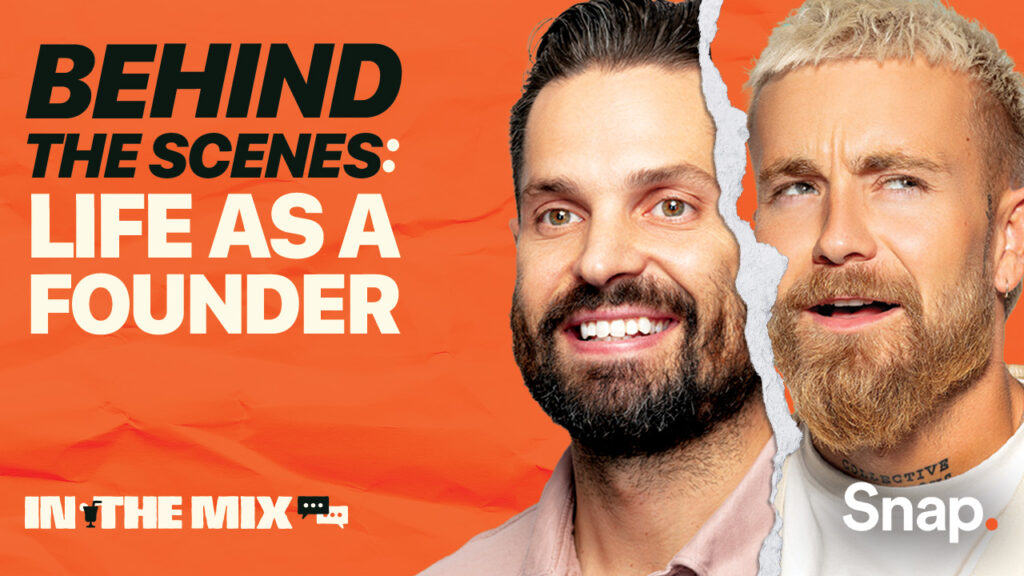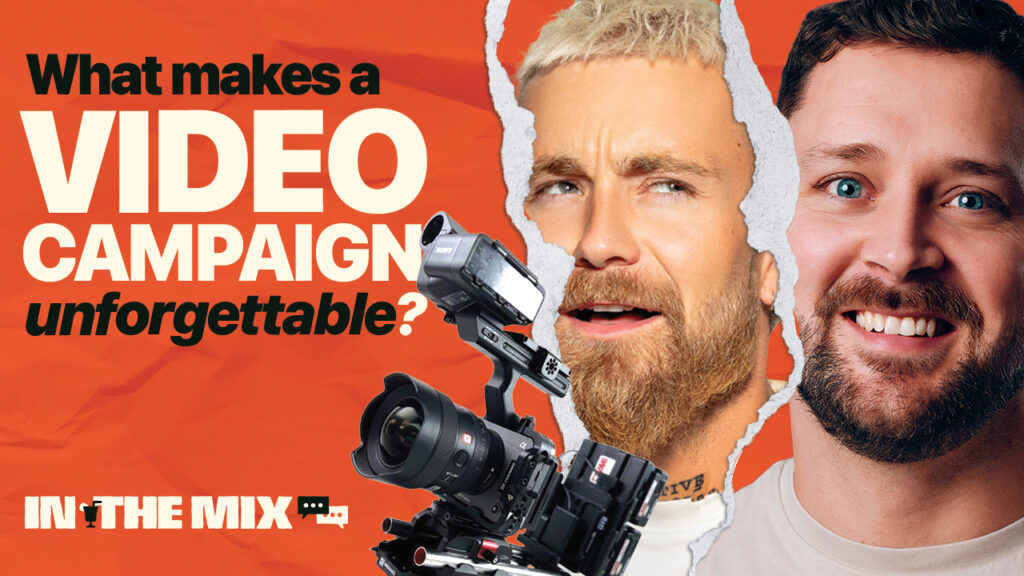Every now and then, a video ad cuts through the noise and stays with you for years. It’s rarely because of the production budget or the celebrity cameo. It’s because, in the space of a few seconds, it makes you feel something. Whether it’s pride, love, nostalgia, melancholy or belonging.
That’s what great video campaigns do. They don’t just show us a product, they tap into something deeper. They make us feel something.
Read on to discover a three of my favourite video marketing campaigns and the techniques they use to hit audiences right ”in the feels”.
- Ronaldo and the Crossbar Challenge — Authenticity and Belief
Back in 2005, long before the word viral became marketing shorthand, a shaky handheld video of Ronaldinho lacing up a pair of gold-and-white Nike boots hit YouTube. He juggles the ball, volleys it against the crossbar, catches it on his foot, and repeats. Seemingly without missing. The video work looked amateur but it felt real. And that was the magic.
Nike didn’t tell you the boots were lighter, stronger, faster. They let you feel what it might be like to wear them – effortless control, impossible skill, pure joy. Whether you believed it was real didn’t matter; the doubt made it stick. The Video quickly became a viral sensation, with sports fans across the globe, sharing the clip with their peers.
That’s the first mark of great video storytelling: it earns your curiosity and share-ability by blurring the line between real and remarkable.
2. Peter Kay’s “Have It”: Character and Cultural Truth
At the other end of the spectrum sits John Smith’s iconic “No Nonsense” campaign with Peter Kay. No slow-motion hero shots, no cinematic soundtrack, just a few ordinary blokes on a muddy Sunday-league pitch. After witnessing his team mate showcase his intricate football juggling skills, the protagonist boots the ball sky-high and bellows, “Ave it!”.
It was funny, but more importantly, it felt true. It perfectly captured the ordinariness and humour of British Sunday league football culture. A heady mixture of self-deprecation, bravado, and pint-in-hand camaraderie. And crucially, it aligned with John Smith’s core audience: people who value a no-nonsense attitude over polish or pretence.
By stripping away the gloss, the ad oozed authenticity. Everyone watching could recognise that moment, that mate, that muddy Sunday morning and by extension, themselves.
That’s the second hallmark of great campaigns: they don’t just tell a story to their audience; they hold up a mirror with warmth, wit, and absolute authenticity.
3. Cadbury’s “Thanks Dad”: Quiet Emotion and Human Connection
Fast-forward to today, and emotion looks different. In Cadbury’s “Thanks Dad”, a teenage girl reluctantly working the late shift at a petrol station. A customer pays for fuel, adds a chocolate bar, and leaves it on the counter.
Unbeknown to the audience at the time of the transaction, the customer is in fact the girl’s father. In the closing shot, the petrol station attendant voices over the tannoy ”thanks dad”.
No overt product feature. Just a small act of care and kindness, echoing the brand’s values and belief that there’s a ”glass and a half in everyone”.
It’s a masterclass in simplicity and emotional story telling. Every choice, the lighting, the silence, the moment of realisation — serves the emotion, not the logo. And it works. In post-campaign tracking, Cadbury reportedly saw double-digit lifts in brand warmth and purchase intent.
Why this matters now more than ever
In an age of endless short-form, algorithms, and AI-assisted everything, emotional storytelling is the last unfair advantage left. Technology can optimise your reach, but only story builds relationships.
The next time you brief a video, ask one question: what do we want people to feel?
Because the truth is, no one remembers the specs of a boot, the ABV of a beer, or the melt point of chocolate.
They remember how it made them feel and that feeling is what makes them press play again.




